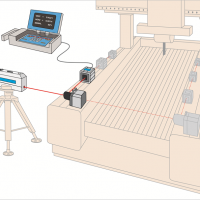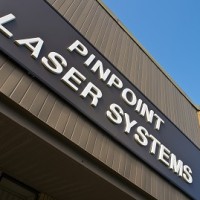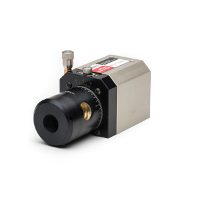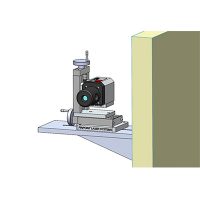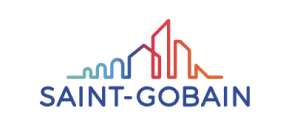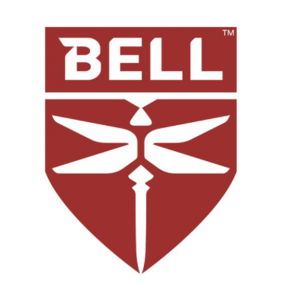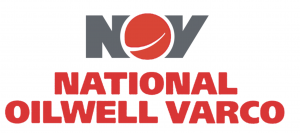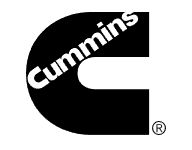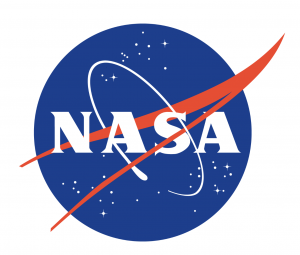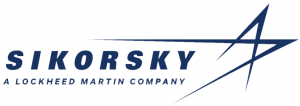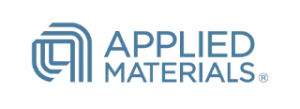If you work in manufacturing, chances are you have worked with a gantry system. Gantries, their X-Y tables and bridges are pivotal for working with positioning parts and tools. In addition to working with large and small components, gantry machines make the work of cutting materials into intricate shapes and patterns far easier than their strictly linear motion control counterparts.
CNC gantries move in an X-Y-Z coordinate system moving axes individually and simultaneously giving the cutting device precision shaping and forming capabilities. Thus, the importance of keeping the base rail system (X-axis) accurately aligned for precision motion cannot be overstated. These very rails typically hold the weight of the entire gantry machine. With this constant stress bearing on the rails, routine rail alignment is necessary. The guiding system moving in the Y-axis must also be checked for straightness and squareness due to machine tool wear. Whether the alignment is needed for the cutting device in a laser cutting machine (CNC water jets and CNC plasma cutting machines would apply too) or for the entire CNC router’s rails, it’s important to align well and often.
Learning and Exploring Gantry Alignment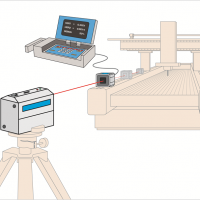
Because the longitudinal travel of the base rail system is often long, machinists and fabricators have to check for rail straightness. If the burden of the mills upper structure presses into the base rails through extensive use, misalignment is more likely to occur. Therefore monitoring rail straightness is important for machine operation.
Some machine shops try to get by with piano wire or mechanical systems to check for straightness, but wire can sag and straight edges are unwieldly for long alignment jobs. A laser alignment system is less dependent on the measurer’s skill level and not as time consuming, so it’s truly the best way to check for straightness.
After this first alignment step, checking the perpendicularity of the gantry system for the X-Y-Z axes is critical. Testing gantry rail squareness will be qui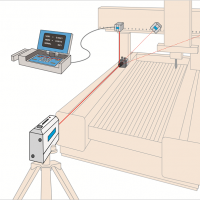 cker when the reference points are based off the straightness of the gantry rails compared to the perpendicularity of the bridge. In addition to the above geometric checking is the option for checking the base rail parallelism. The idea is to completely align the coordinates of the entire system to get the most accurate results possible.
cker when the reference points are based off the straightness of the gantry rails compared to the perpendicularity of the bridge. In addition to the above geometric checking is the option for checking the base rail parallelism. The idea is to completely align the coordinates of the entire system to get the most accurate results possible.
Is a gantry laser alignment tool right for your team? Remember the old adage, “Measure twice. Cut once.” Checking alignment of a gantry system is important enough to do the right way the first time. Laser alignment systems reduce gantry wear and tear, prolong the life of a gantry system and reduce the downtime and scrap material by keeping the system properly aligned.
Pinpoint Laser System has put together a gantry alignment kit that is affordable, portable and fully supported by our in-house engineers. To request more information on the gantry kit or to learn more about gantry alignment, contact our alignment team at (978) 532-8001.
[formidable id=55 title=true description=false]

